Editor Note: An exclusive look at the 2nd part of the designer notes for Deadly Northern Lights
Part Two of 1985: Deadly Northern Lights Designers’ Notes! This chapter includes an evaluation of available Warsaw Forces and, drum roll, personal point of view and considerations by the two Game Co-Designers / Developers: Ulf Krahn and Anthony Morphet.
You can find the first part of the Designers’ Notes at this link.
Warsaw Pact Forces
Except for a small contribution from East Germany and Poland, most of the forces committed to a possible Nordic offensive were from Soviet Union’s Baltic and Leningrad Military Districts.
The Red Army could contribute with several Category II and III divisions, and most importantly with a significant portion of its airborne and airmobile assets. Additional forces were already positioned along the Finnish border, had Moscow decided that securing Finland was a priority.
The Soviet Navy
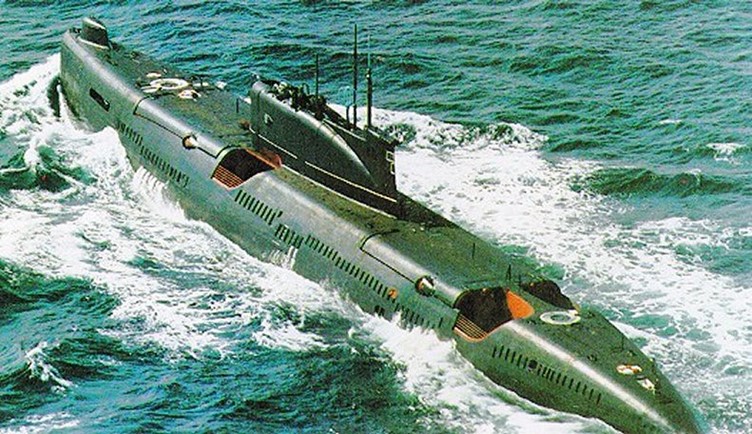
Despite the efforts started in the sixties and the subsequent panic waves in NATO circles, Soviet Navy was barely up to the task. Too few vessels had real anti-ship missile weapon systems, and radar technology was in most cases older and less efficient than their Western counterparts.
Another problem was the absence of vessels expressly designed for military transport and resupply, similar to the US Bobo or British Fearless classes. Despite the supply problems encountered by the Black Sea Fleet expedition in the Mediterranean during the Yom Kippur War, Moscow remained convinced that complete and centralized control over the Merchant Navy was enough to ensure the long-range logistical support needed by naval operations. Consequently, Soviet transports had no significant helicopter capability, could not execute amphibious landings and had a smaller cargo capacity than their Western counterparts.
Overall, the most dangerous branch of the Soviet Navy remained its submarine fleet, both nuclear and diesel. In Deadly Northern Lights, the whole nuclear fleet is busy in North Atlantic, but the 40 diesel subs available to Baltic and Northern Fleet represent a deadly threat to NATO’s reinforcement convoys. Among them, the missile armed Juliett and the Kilo class are the most dangerous.
The Soviet Air Force
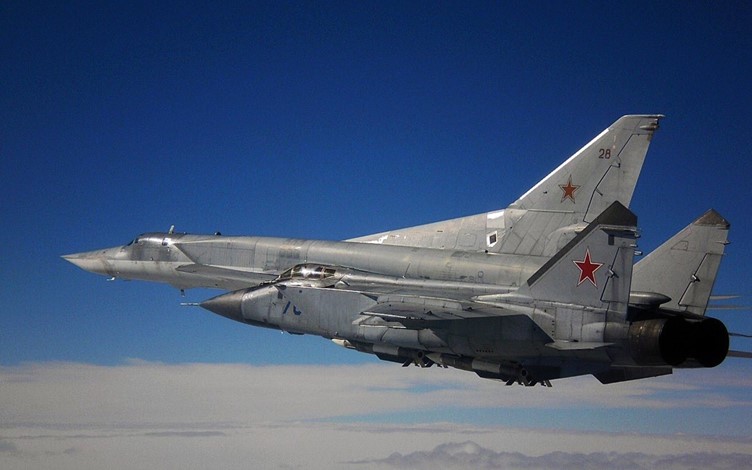
With several good quality aircraft and an overwhelming initial numerical superiority, Soviet Air Force would have been the real spearhead in any offensive operations against AFNORTH, despite some shortcoming in the range and refuel areas.
In particular, Mig29 Fulcrum and Mig31 Foxhound could match the best NATO aircraft in air-to-air combat, while Su24 Fencer and Tu22 Backfire could inflict horrible damage to NATO vessels using their Standoff attack capabilities. Even the older Tu16 Bear cannot be underestimated.
Moreover, Soviets could count on an initial advantage in terms of Electronic Counter Measures squadrons, and the four available regiment of Ilyushin Il-76 ensured the airlift needed by the airborne troops.
Finally, capturing and activating one or more airfields in Northern or Central Norway would have allowed Soviets to overcome the range problem and seriously contest air superiority even after the arrival of the US Carrier Battlegroups.
Developer’s Notes – by Anthony Morphet
Morphet – Who?
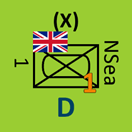
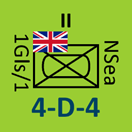
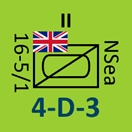

I have been wargaming for over 50 years, both with figures and with board games. I have written rules, I have designed scenarios, I have umpired, I have run multi-day, multi table campaigns, I have bought and played (well mostly) every mega monster board game known to man. As a youngster one of my first purchases with my first salary was the SPI classic “The Next War”. It was of my time and of my job and even with its unusual CRT and its very odd naval game it remained a favourite. It never really went away I have a copy to this day.
I had always wanted to update it to the 1980s so when Fabrizio released UAIS I was smitten. The same game but better, much better; a great new take on the air war, an updated timeline, revisions to the ORBAT and so much more. I got in touch with him and one day, after some discussions on various forums I was asked if I would like to come on board as a Games Developer for Deadly Northern Lights, the next installment of the 1985 series.
This had a real poignancy for me as in the summer of 1985 I was Captain in 1st Infantry Brigade or the UK Mobile Force (UKMF) as it was known with a war role in Denmark or Schleswig-Holstein, my youth as a game, a little weird!
Game Developer – What?
Despite my age and all those games I own, over the years I have often wondered what a Game Developer does. Obviously, the designer, designs the game and writes the rules – done that! The play testers set out to break those lovingly crafted rules in order that they can be fixed and presented as a perfect thing – done that! Yet who knows what that pesky game developer does? Well, as I am now such a person, I can let you into the secret – the developer’s anointed role in life is to have continuous and massive arguments with the designer about everything, and I mean everything – from rules to tactics to history – everything. Designers are not perfect…
The first discussion we had, even before I came on board, was about the scope of the game. DNL is quite different from UAIS. In essence it covers the whole of NATO’s AFNORTH command. As such, in my view, it had to be quintessentially different from UAIS. Whereas UAIS and the central front is the ultimate Air-Land battle squeezed into a very small area, DNL is the opposite: It is a truly joint battle. On land the force density is infinitesimal compared to Germany in 1985 and in the air even more so. As for maritime, operations in Norway without involving the maritime component is just a non-starter.
I had to be reassured that DNL was to be more than a scaled down UAIS with a minimalist naval game tagged on. Echoes of The Next War! Fabrizio absolutely assured me that this was what he wished to create and with that he had me.
Then he dropped the bomb; it was made very clear that whatever rules were developed they had to be reverse compatible to UAIS, principally no change of rules, components or anything. We were not writing a purely stand-alone wargame – we were writing a new game with old rules. Is that even possible?
Keep Everything Exactly Different – Why?
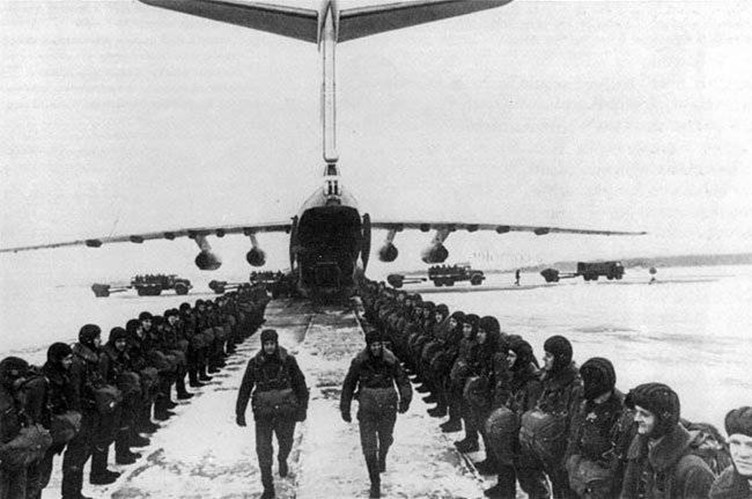
So given the above, the initial idea was to keep everything that had worked so well in UAIS exactly the same; Air and Land movement and combat would not change. How wrong we were! The sheer size of the area to be covered forced hard discussions about aircraft capabilities and airfield capacities that finally led to the mission flight path and air squadron combat radius. No longer can all aircraft reach everywhere on the map from any airbase on the map. In DNL the choice of air bases, indeed the possession of certain key airbases is vital for victory. It is a much better game for it, as will be UAIS when using the combined “1985” rules that are to be written.
Another feature of that huge area and the paucity of land forces to cover it is the need for Strategic and Operational movement to allow the transfer of forces from one front to another. This resulted ultimately in the LOC charts and associated rules. This elegant solution with the movement on the charts related directly to movement on the map whether by land or sea was the result of hours of long and intense discussion about everything from the stowage of vehicles on Ro-Ro ferries to the capacity of ports in various European countries.
However, given that red line of maintaining compatibility with UAIS the ultimate question in the ground environment was how an operational level game that had dealt in divisions and brigades was going to have its features refined enough to cope with individual battalions. I must say that Fabrizio has done a truly remarkable job with the small unit combat rules. New game – old rules – wow!
A Sea of Troubles
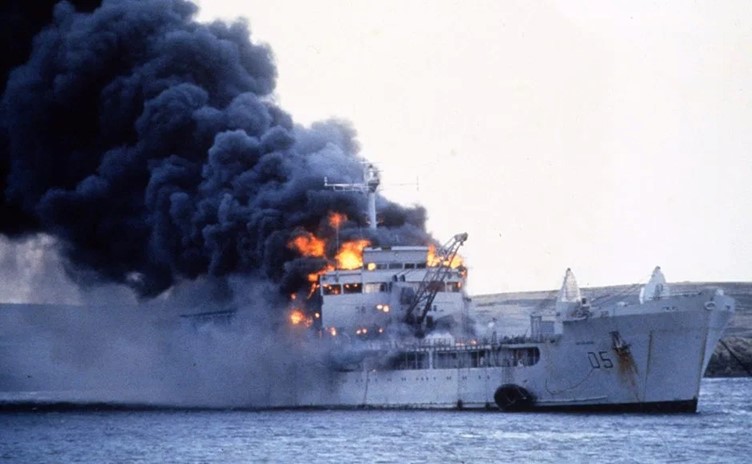
In the maritime environment I believe the rules really capture the requirement for both sides to adopt an integrated maritime strategy without producing a massively complicated naval game. The reality of the theatre is quite quickly brought out in the first scenario when all too quickly it becomes apparent to the WP player that he will not be making swift flowing operational drives across Finnmark as he can sometimes achieve in central Europe in UAIS.
Taking the ports and airfields of northern Norway is a strategic imperative and a tactical challenge requiring success on land, at sea and in the air. As for holding them, that is a whole new set of challenges. The supporting maritime game took a long time to get right but I think it adds a great deal without turning this into “War at Sea version 10.8”
Difficult Decisions
Throughout this process my greatest sadness was that production constraints did not allow the whole of the Danish peninsula to be reproduced in the mapping and counters. However, that constraint led directly to one of the real highlights and hidden gems of 1985:DNL; the External Events charts and rules. Taking the “Battle for the North Atlantic” from UAIS as a basis a huge amount of thought went into the production of the GIUK, Finland and Schleswig-Holstein Fronts. The decisions raised in the external events phase of DNL are proportionately much larger than those in UAIS, as are the potential rewards. The WP needs the Northern Finland supply line if his forces are to advance in Northern Norway, NATO has to stop the WP taking Iceland, and NATO really cannot afford to lose Schleswig Holstein or even just Kiel, yet how many forces and of which type can either player afford to commit to these three external fronts. These are real 4-star command decisions as there are so few troops available for all the tasks required.
Peace Reigns
So what did I do as a Game Developer? I hope I gave the designer and the game the benefit of my many years as an army officer in arguing for the practical and most likely instead of the purely theoretical, that my experience as a gamer and designer suggested rules or tweaks that allowed the designer’s vision to be accurately represented on the game board and most of all that I helped to produce an outstanding game that really does justice to the Northern Front as a whole and not just the tactical defence of Finnmark and the northern bases.
Developer’s Notes – by Ulf Krahn
A short introduction by Fabrizio Vianello: Ulf Krahn, our man in Stockholm, is a consultant and private contractor for the Armed Forces of several countries. He’s a specialist in professional tactical combat computer simulations and in the organization and doctrine of Swedish Armed Forces during the Cold War period and beyond.
A Cocky Target
In an offensive against AFNORTH, Warsaw Pact certainly needs to violate Finland’s neutrality with the goal to threaten the Norwegian harbours and airfields with simultaneously conducted amphibious and vertical insertion starting from Soviet Union.
Sweden is also right in the middle but, due to the size of the Swedish armed forces, could be a cocky target. Despite that, an outflanking move through the Swedish arctic becomes tempting should the front stalemate. As Warsaw Pact player you will be dragged into the “why not do it right away instead of waiting several weeks” internal discussion. Maybe it is simply more efficient from a grand strategical plan to quickly invade all of Sweden, force Sweden to surrender and use it as a springboard for the operations against Norway and subsequently the GIUK-gap? It could be, but Swedish armed forces were aware of the danger of a “Strategic Surprise” attack and trained accordingly.
How to Conquer Sweden in Two Moves
The holy grail of any campaign in Scandinavia is obviously the Norwegian airfields that would greatly enhance the range of Russian Naval Fighters and Bombers over the GIUK gap. How to reach this goal as quickly and effectively with the limited WP resources is not that easy, particularly with Swedish Air force slipping away into the woods and Swedish subs deployed in the Baltic.
Most Swedish Military analysts/historians have published papers/books on this subject during the eighties, and generally agree that the main danger to Sweden was “Strategic Surprise”. A quick, “out of barracks” assault on Stockholm, destroying the Swedish Air Force in their airbases and Swedish submarines in their harbours, with the pre-emptive assassination of as many pilots and higher officers as possible. In many ways, an assault similar to what today we call “hybrid warfare”.
Doctrine, Your Best Worst Friend
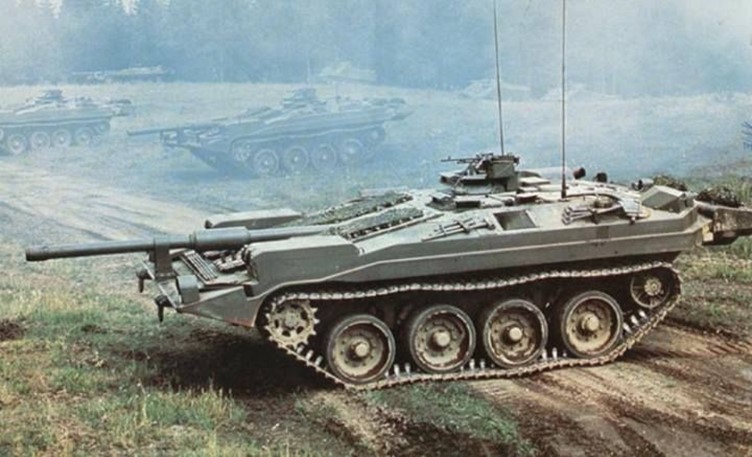
Swedish land forces had no real substantial qualitative advantages in 1985 over Warsaw Pact if we look at MBT, AFV, ART. The Leopard 2A4/2A5S (Strv-121 and Strv-122) was introduced in the 90s. Also, training and exercises conducted in the 80s were not up to NATO standards in complexity or as recurrent and mostly focused on Battalion exercises.
Although The indigenous Strv-103 “S” had an advantage in defensive operations, it is very surprising that the Swedish Army doctrine at that time was heavily focused on the attack. This doctrinal imbalance went very far. It was almost forbidden in the Swedish Army to discuss Delay or Retrograde operations, even when their use in combination with the channelizing terrain would have been very effective in a prolonged war.
On top of this the Swedish Tank Brigades had a very awkward organization mixing tank, mech infantry and towed artillery on a battalion level. This ORBAT was far from ideal, particularly in Southern Sweden.
All the above issues impact the attack, defense and cadre ratings of Swedish army in game.
To Arms!
It is very likely that Sweden could have and would have mobilized as planned if, for example, Finland had been attacked.
The mobilization schema was tested and practiced several times with good results. Its main weakness was that the peacetime cadre regiment had to stay in the area where the equipment is stored, otherwise the unit would have not been able to switch from the peacetime training regiment to the full-strength, wartime brigade.
Strengths and Weaknesses
The Swedish Air Force was excellent during the 80s: well trained, highly motivated, with hardware having a slight qualitative advantage and most importantly an excellent wartime basing concept.
If Sweden had enough advance warning, the Swedish air force would have almost disappeared from their peacetime bases and dislocated in many concealed wartime airfields and airstrips. This would have made it almost impossible for Warsaw Pact to knockout the Swedish air force on the ground simply because of the number of airstrips serviced by conscripts all around Sweden.
Please note that the number of Swedish airbases/fields in game are just a small fraction of the real number. It is sometimes necessary to make compromises when developing a game.
A Secret NATO Member
With today’s hindsight it is not difficult to understand by rumours and piecemeal information that during the ’80s there was more than just a friendly working relationship between Sweden and NATO. The list of now verified arrangements, unofficial agreements, joint war planning, joint exercises, intel sharing and most important personnel contacts between Sweden and neighbouring NATO countries was very extensive.
One stunning example is the permanent, dedicated telephone line between Swedish HQ in Stockholm and US HQ in Wiesbaden, guarded 24/7 by one Army Colonel.
The idea was to give Sweden a heads up if NATO intel would have noticed any indication of hostile WP activity towards Sweden.
The problem was that Soviet Union, despite Sweden’s best efforts to hide the truth, did know! In other words, Soviet Union was very much aware of the fact that Sweden was a “Secret NATO member” and would likely have treated Sweden as a NATO area from Day 0.
This is one of the reasons for the extensive and very aggressive Soviet intel gathering against Sweden, conducted during the cold war using methods taken from a James Bond’s movie: commercial trucks with radio intercept equipment, GRU operatives acting as Russian car dealers or Polish painting salesmen (see rule 55), undercover agents inserted at night by submarines…
“Hello Stockholm, SACEUR speaking…is ÖB there? Oh, he is not available. Well you should wake him up as we have noticed some unusual activity in the Baltic…”
Very good article. Congrats!